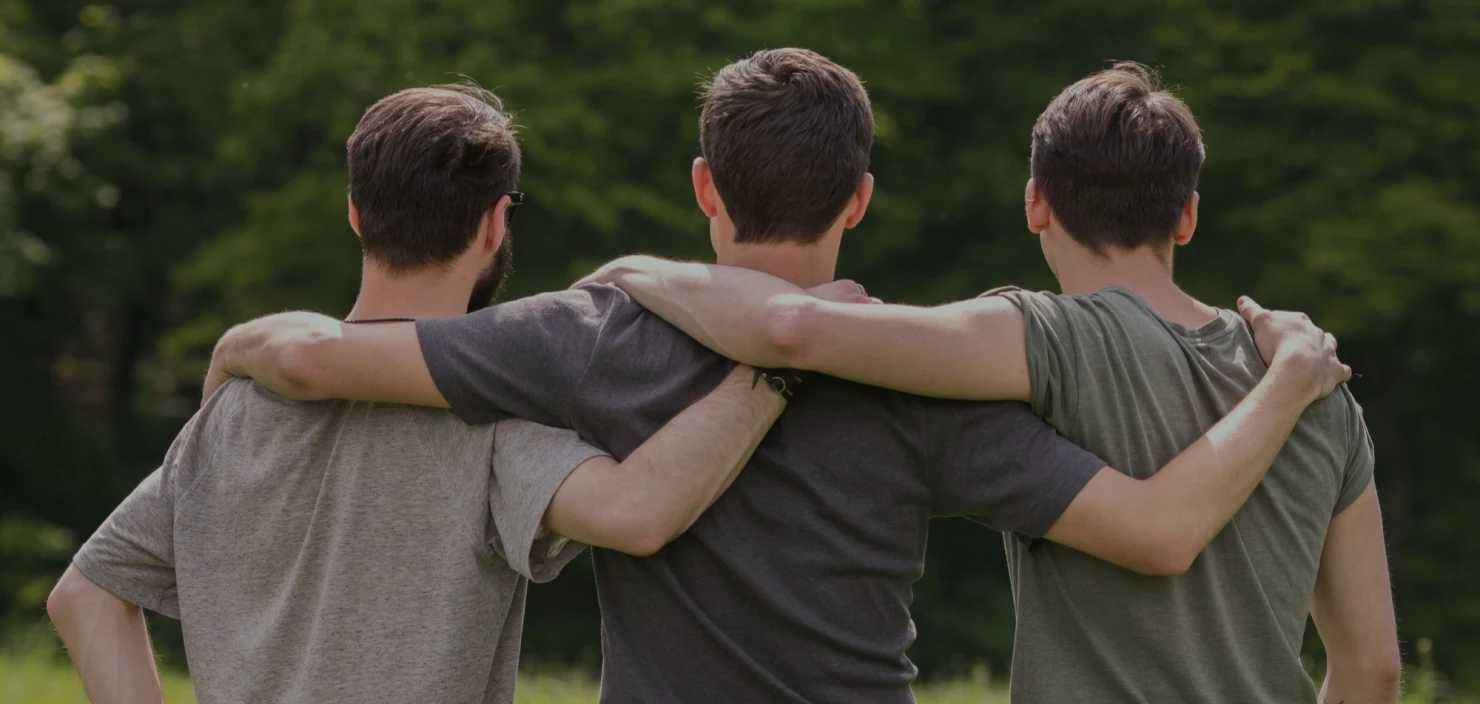
They include strong prescription pain =https://ecosoberhouse.com/ relievers such as oxycodone, hydrocodone, fentanyl, and tramadol. Some opioids are made from the opium plant, and others are synthetic (man-made). It can be incredibly difficult to watch a loved one experience opioid use disorder.

What Are the Withdrawal Symptoms of Heroin Addiction?
- One thing you can do for your loved one is to try and get them help, rather than dismiss or ignore their problem.
- They can also cause serious side effects or even death when used incorrectly.
- Changes in attitude are very common as the user struggles with the desires and cravings to use more drugs.
Just as physical appearance is a common sign of opiate addiction, a lack of hygiene is another one of the more common signs of opiate addiction that can be overlooked. You may chalk it up to your loved one feeling depressed or not feeling well—but really they are simply not caring for themselves because they are suffering a much deeper problem. They may not bathe regularly or they may decide to spend less time taking care of their body through diet, exercise or other means. Various changes in physical appearance may occur when a user is becoming tolerant or addicted to opiates.

When should I see my healthcare provider?

Many healthcare professionals and organizations encourage people to carry intranasal naloxone, especially if they live with or are frequently around someone who uses opioids. The first step in treating opioid abuse is someone recognizing that they have a problem and wants to quit using drugs. Sometimes this occurs as a result of a medical emergency from drug use. Other times this can come from discussions with concerned family and friends. Yale Medicine has been a pioneer in the treatment of opioid use disorder in routine clinical settings. This activation of the reward pathway makes opioids addictive for some people.

What are the health risks associated with opioid use disorder?
- Research shows that using them for more than a month can make you dependent on them.
- As discussed above, one of the most common ways of overcoming opiate addiction is to seek treatment in a methadone clinic or through methadone maintenance treatment.
- With the love and support of your family, and loved ones, we make sure to treat your addiction by understanding the root reasons behind it.
As discussed above, one of the most common ways of overcoming opiate addiction is to seek treatment in a methadone clinic or through methadone maintenance treatment. Opiate antagonist medications such as naloxone & naltrexone are also opioid addiction treatment used for the treatment of opiate addiction. The medications actually work by biding to the opioid receptors to bock the body from responding to opiates.
- The bottom line is—recovery doesn’t happen overnight but it can happen if you work for it.
- According to the National Institutes of Health (NIH), you may safely take the medicines long-term, even for life.
- The success of therapy for substance use disorder varies by patient and by severity of the disorder.
- Carolina Center for Recovery is lucky to have some of the most qualified and experienced addiction specialists in the country.
Reach out for help if you suspect an opioid use disorder so that you or a loved one can get help. Opioid use disorder is a challenging condition, but help is available. Many people are able to achieve abstinence through therapy, medication, and support from loved ones. Even if you have Narcan at home, it’s still important to call 911 if you suspect an overdose.
- Where previously individuals were living in terrible, unkempt and unhealthy conditions, treatment was able to help improve these conditions.
- Researchers estimate that genetic factors are responsible for 40% to 60% of the vulnerability to any substance use disorder.
- Unlike withdrawal from other drugs such as alcohol or benzodiazepines, withdrawal from opioids is uncomfortable but rarely life-threatening.
- Opioids cause the brain to release dopamine, which triggers a desire to repeat the drug-taking experience.
- Research shows there is a higher rate of substance use disorder among patients with diagnoses such as depression and those who use other substances such as alcohol.
They can also cause serious side effects or even death when used incorrectly. While methadone and buprenorphine can produce feelings of euphoria in people who do not otherwise take opioids, they do not cause euphoric effects in people with OUD, who have developed a tolerance to opioids. The treatment doses of methadone and buprenorphine are sufficient for blocking the effects of other opioids, reducing cravings, and suppressing withdrawal symptoms, but not enough to generate the euphoric high. It’s common not to talk about your concerns because you fear that your relationship or family will fall apart. You may convince yourself that you’d know it was time for action if your loved one’s addiction was truly serious. Even healthcare professionals may overlook Oxford House common signs of opioid misuse if they feel they know the person and don’t look for signs in an objective way.
Leave a Reply